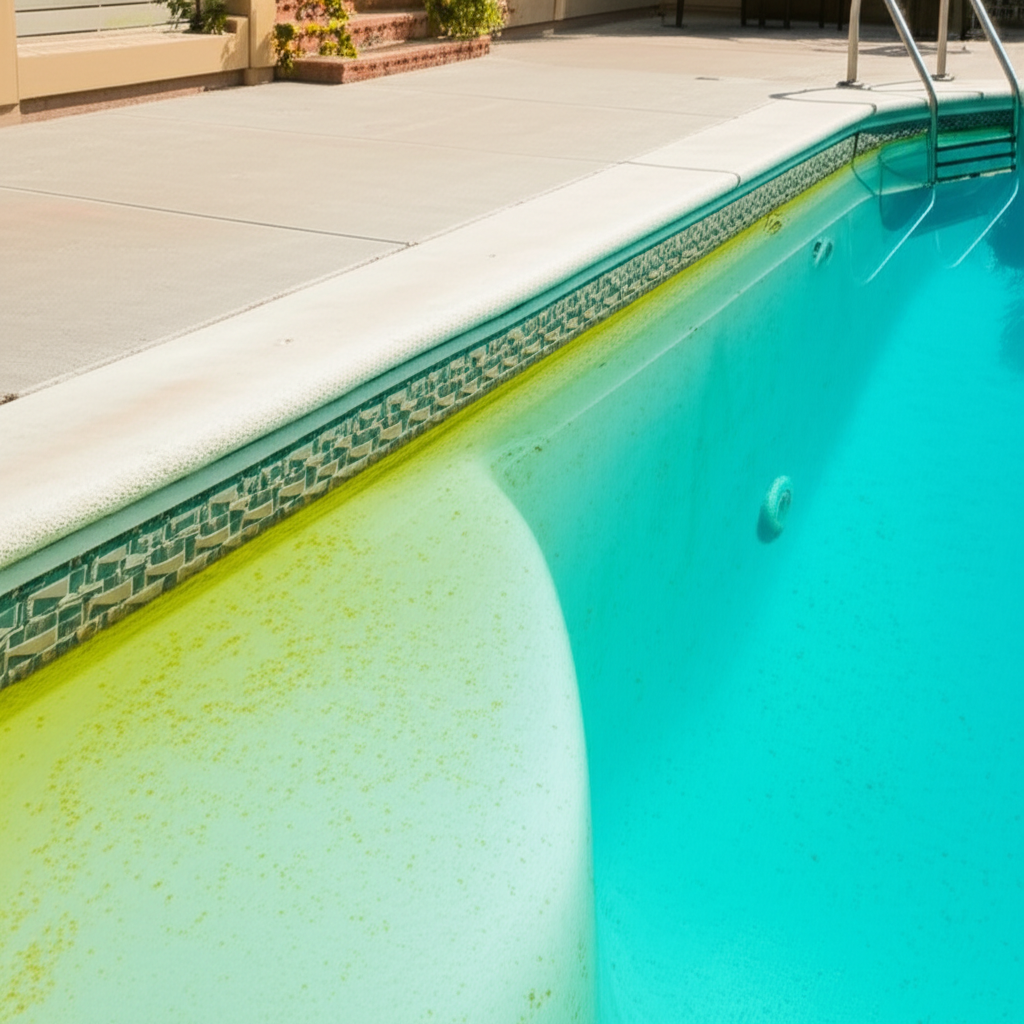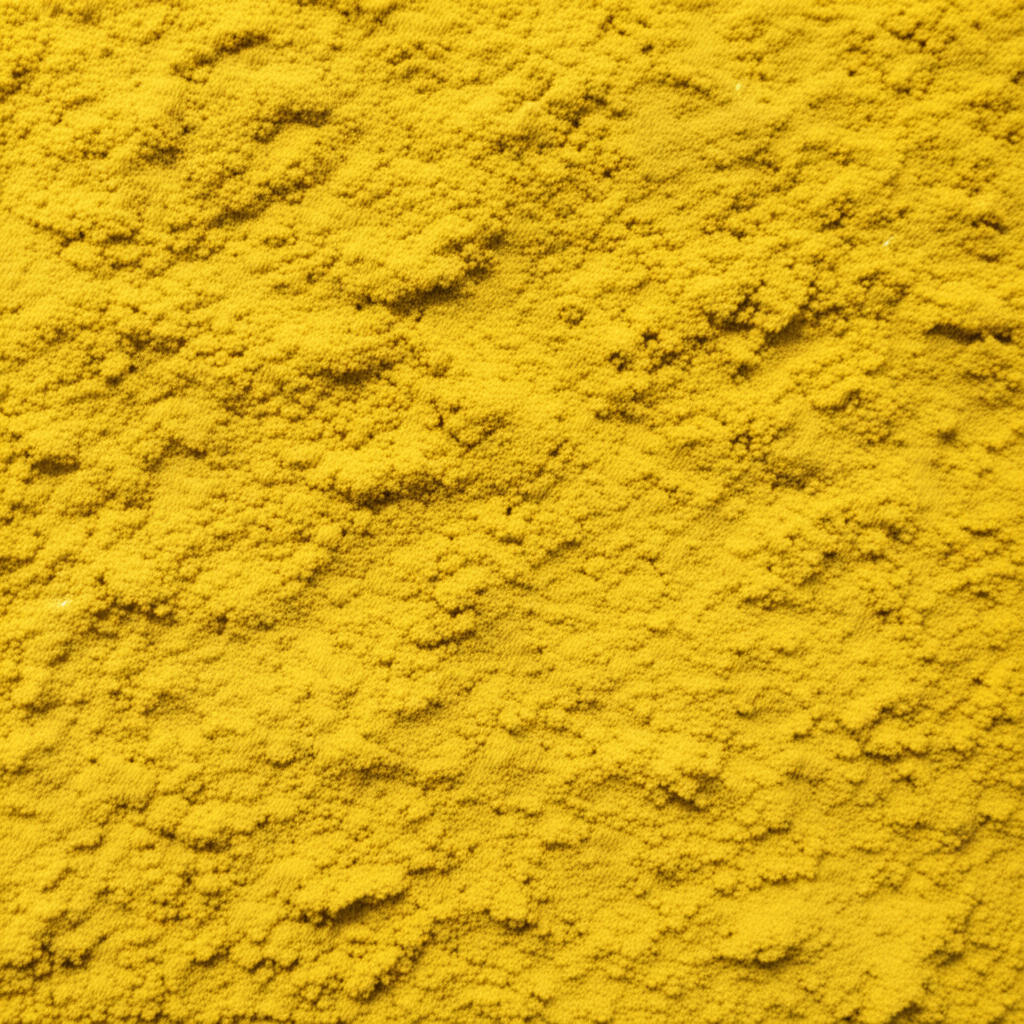- What is Mustard Algae and Why is it So Stubborn?
- Why Your Pool Might Be Prone to Yellow Pool Algae
- Identifying a Mustard Algae Infestation
- Preparation is Key: Before You Tackle Mustard Algae
- The Step-by-Step Guide to Eliminating Mustard Algae
- Maintaining a Mustard Algae-Free Pool
Mustard Algae is a persistent and often frustrating adversary for pool owners, earning its common moniker, “yellow pool algae,” due to its distinct sandy, yellowish-brown appearance. Unlike its greener cousins, mustard algae is notoriously resistant to standard chlorine treatments and can cling stubbornly to pool surfaces, making it a recurring nuisance if not dealt with systematically and thoroughly. Its subtle hue can easily be mistaken for dirt, sand, or even pollen, leading many to underestimate its presence and the comprehensive approach required for its complete eradication.
What is Mustard Algae and Why is it So Stubborn?
Mustard algae (scientifically classified as Phaeophyta) is not your typical green algae. It’s a strain of spore-based algae that prefers dim lighting and can thrive even in chlorinated water. Its characteristic yellow-brown, dusty texture often appears on the sides and bottom of the pool, particularly in shaded areas, corners, and on steps. When brushed, it tends to create a cloudy plume and then quickly resettles, giving the impression that it’s merely cosmetic dirt.
The primary reason for its persistence lies in its protective outer layer, which makes it less susceptible to the effects of chlorine. Furthermore, its spores are incredibly resilient and can hitchhike on anything that enters the pool – swimsuits, toys, cleaning equipment, and even pets. If not meticulously cleaned, these items can reintroduce the algae to a treated pool, leading to quick re-infestations. Understanding these characteristics is the first step in formulating an effective battle plan against this resilient yellow pool algae.
Why Your Pool Might Be Prone to Yellow Pool Algae
Several factors can contribute to a mustard algae outbreak, even in seemingly well-maintained pools:
Low Sanitizer Levels: Insufficient chlorine or other sanitizer levels are the most common culprits, allowing algae spores to proliferate unchecked.
Poor Circulation and Filtration: Areas with stagnant water or inadequate filtration provide ideal breeding grounds. If your filter isn’t running long enough or is clogged, it can’t effectively remove microscopic spores.
Improper Water Chemistry: Imbalanced pH, alkalinity, or calcium hardness can reduce the efficacy of your sanitizers, making your pool more vulnerable.
Contaminated Equipment: As mentioned, reintroducing spores from unclean brushes, vacuums, skimmer nets, or even swimwear is a major source of recurrent infestations.
Environmental Factors: Warm weather, heavy rain (which can dilute chemicals and introduce new spores), and even wind can contribute to algae growth.
Identifying a Mustard Algae Infestation
Identifying mustard algae accurately is crucial for effective treatment. Look for:
Yellowish-brown, powdery film: It often appears like a fine layer of sand or dirt that doesn’t vacuum away easily or quickly reappears.
Clings to surfaces: Unlike pollen, it sticks to walls, floor, and steps, especially in shady spots.
Brushes off easily but resettles: A key indicator is its tendency to cloud the water when brushed, only to settle back onto the same spots shortly after.
Doesn’t feel slimy like green algae: It usually has a dryer, more dusty texture.
Preparation is Key: Before You Tackle Mustard Algae
Before you begin the treatment process, meticulous preparation will significantly increase your chances of success and help in the effortless elimination of mustard algae.
1. Clean Everything: All pool equipment (brushes, poles, vacuum head, skimmer nets), pool toys, and even swimsuits that have been in the pool must be thoroughly cleaned or bleached. Algae spores cling to these items, acting as vectors for re-infestation.
2. Test and Balance Water: Use a reliable test kit to check your pool’s pH, alkalinity, and calcium hardness. Adjust these parameters to their ideal ranges before adding any algaecides or shock. Proper balance ensures maximum effectiveness of your chemicals. Aim for:
pH: 7.4-7.6
Alkalinity: 80-120 ppm
Calcium Hardness: 200-400 ppm
3. Gather Supplies: Ensure you have enough brushing tools, a powerful pool vacuum (preferably one that can vacuum to waste), a suitable algaecide specifically for yellow/mustard algae, a large quantity of pool shock, and filter cleaner.
The Step-by-Step Guide to Eliminating Mustard Algae
Tackling yellow pool algae requires a systematic, multi-step approach. Do not skip any steps!
1. Brush, Brush, Brush! This is perhaps the most critical physical step. Using a sturdy pool brush, thoroughly brush every surface of your pool – walls, floor, steps, ladders, and even inside the skimmer. This dislodges the algae’s protective layer and exposes it to the chemicals you’re about to add. Be exhaustive!
2. Balance Your Water (Again, if needed). Double-check your water chemistry. Correct levels are paramount for the shock and algaecide to work effectively.
3. Super Shock Treatment. Mustard algae demands a powerful dose of chlorine.
Choose the Right Shock: Use a calcium hypochlorite (cal-hypo) or dichlor shock. Avoid trichlor (stabilized chlorine pucks/sticks) as your primary shocking agent in this context, as it’s too slow-acting for a heavy algae bloom.
Calculate Dosage: You’ll typically need to “super shock” your pool with 2-3 times the normal shock dosage, sometimes even more for a severe infestation. Follow product instructions carefully, adjusting based on your pool volume and the severity of the algae.
Application: Always pre-dissolve granular shock in a bucket of water before adding it to the pool, then broadcast it evenly, preferably at dusk or night to minimize UV degradation.
4. Add an Algaecide Tailored for Mustard Algae. After shocking, add a specialized algaecide designed for yellow or mustard algae. These often contain quaternary ammonium compounds (quats) or poly-quat formulations that specifically target this resistant strain. Follow product label instructions for dosage and application. This acts as a powerful booster to the shock treatment.
5. Run Your Filter Continuously. For at least 24-48 hours (or until the water clears), run your pool filter non-stop. This circulates the chemicals thoroughly and filters out dead algae spores. Backwash or clean your filter frequently during this period as it will be working overtime.
6. Vacuum to Waste. Once the water starts to clear and dead algae settles, thoroughly vacuum your pool, but ensure you vacuum to waste. This means the water and debris are bypassed from your filter and sent directly out of your system, preventing the dead algae from clogging your filter or being recirculated back into the pool. Refill your pool water as needed.
7. Clean Your Filter Thoroughly. After the treatment and vacuuming, your filter will be full of dead algae and debris. Backwash sand filters extensively, remove and chemically clean cartridge filters, and clean/recharge DE filters. This prevents dead algae from becoming a breeding ground for new growth.
8. Retest and Rebalance. After vacuuming, refilling, and filter cleaning, retest your pool water. Your chlorine levels might be extremely high, but ensure pH and alkalinity are still within range. Adjust as needed. Monitor chlorine levels for a few days to ensure they remain stable.
Maintaining a Mustard Algae-Free Pool
Once you’ve achieved a clear, sparkling pool, consistent maintenance is key to preventing future outbreaks of yellow pool algae:
Regular Brushing: Make it a habit to brush your pool walls and floor weekly, even if you don’t see algae.
Consistent Filtration: Run your pool filter for 8-12 hours daily, ensuring adequate turnover.
Maintain Chemical Balance: Religiously test and balance your water chemistry, paying close attention to chlorine levels, pH, and alkalinity.
Weekly Shocking: Implement a routine shock treatment at least once a week, especially during hot weather or heavy use.
Clean Equipment Regularly: Always rinse pool equipment, toys, and swimwear after use, and sanitize them periodically.
* Consider Preventative Algaecide: If your pool is particularly prone to mustard algae, a weekly dose of a broad-spectrum algaecide can act as an effective preventative measure.
Eliminating mustard algae isn’t always effortless, but by understanding its nature and following a diligent, systematic approach, you can successfully banish this yellow pool algae and reclaim your crystal-clear swimming oasis. Consistency in maintenance is your ultimate weapon against its return.




